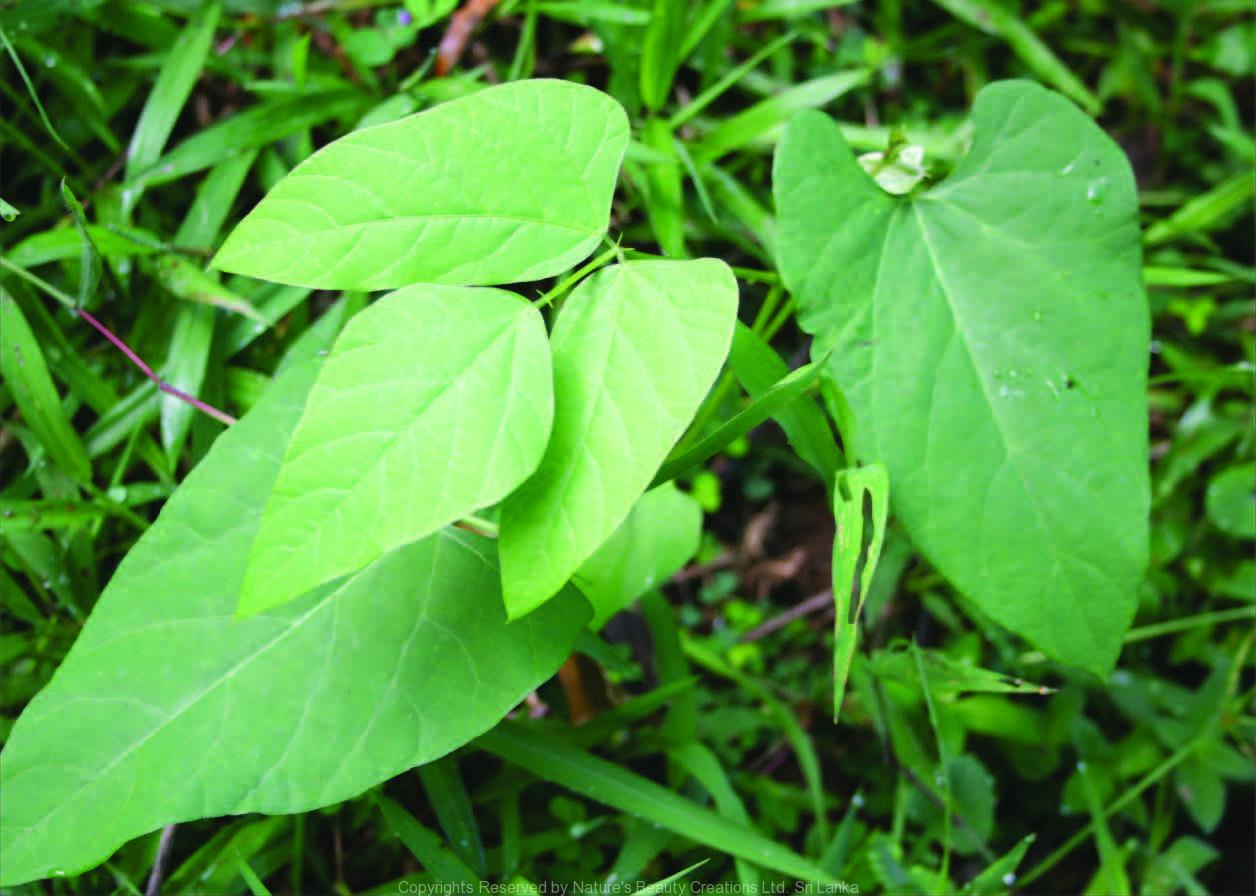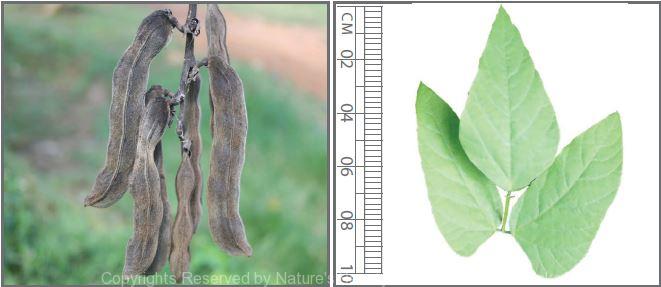

Traditional Knowledge
Useful plant parts :
Seed, pod and root
Uses in traditional medicine :
- Decoated boiled seeds are aphrodisiac for men
- Seed powder (2g /day) with ghee is taken after dinner to improve sexual ability
- Pod acts as an anthelminthic, overdose is lethal
- Decoction of the root is diuretic
- Root is used to treat paralysis, nerve diseases, dropsy, kidney diseases and elephantiasis
Scientific Research
Chemical constituents:
Amino acid derivatives: L-Dopa, glutathione, mulhingallic acid and sitosterol, lecithin, alkaloids: mucunadine, mucunine, prurienine, prurieninine, prurienidine and isoquinoline derivatives from seeds
Bioactivity :
Cotyledon powder of seeds and leaf extract: antioxidative; seed powder: hypoglycaemic
Clinical:
Using seed powder preparation over synthetically manufactured L-Dopa is effective in parkinson’s disease; Plant is used to treat infertility in males
References : Agbafor, K. N. and Nwachukwu, N., (2011), Phytochemical Analysis and Antioxidant Property of Leaf Extracts of Vitex doniana and Mucuna pruriens, Biochem Res Int. Franco, F. M. and Narasimhan, D., (2009), Plant names and uses as indicators of knowledge pattern, Indian Journal of Traditional Knowl- edge, 8(4), 645-648. Grover, J. K. et al., (2002), Medicinal plants of India with anti-diabetic potential, Journal of Ethnopharmacology, 81, 81-100. Katzenschlager, R. et al., (2004), Mucuna pruriens in Parkinson’s disease: a double blind clinical and pharmacological study, Journal of Neurol Neurosurg, Psychiatry, 75, 1672–1677. Majekodunmi, S. O. et al., (2011), Evaluation of the anti-diabetic properties of Mucuna pruriens seed extract, Asian Pac J Trop Med, 4(8), 632-6. Misra, L. and Wagner, H., (2004), Alkaloidal constituents of Mucuna pruriens seeds, Phytochemistry, 65, 2565–2567. Shukla, K. K. et al., (2009), Mucuna pruriens improves male fertility by its action on the hypothalamus–pituitary–gonadal axis, Fertility and Sterility, 92(6), 1934-1940.
Copyrights Reserved By
Natures Beauty Creations




